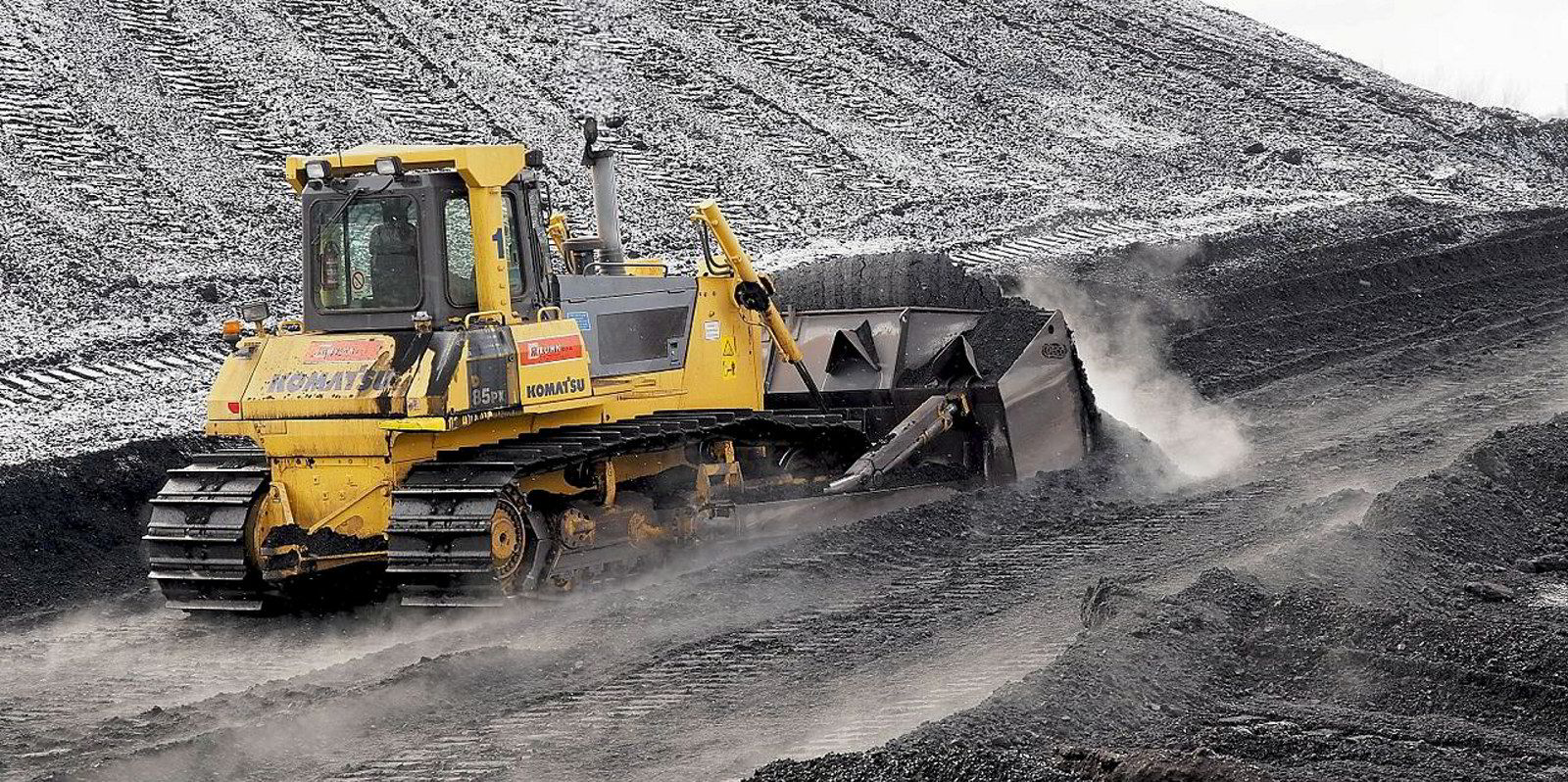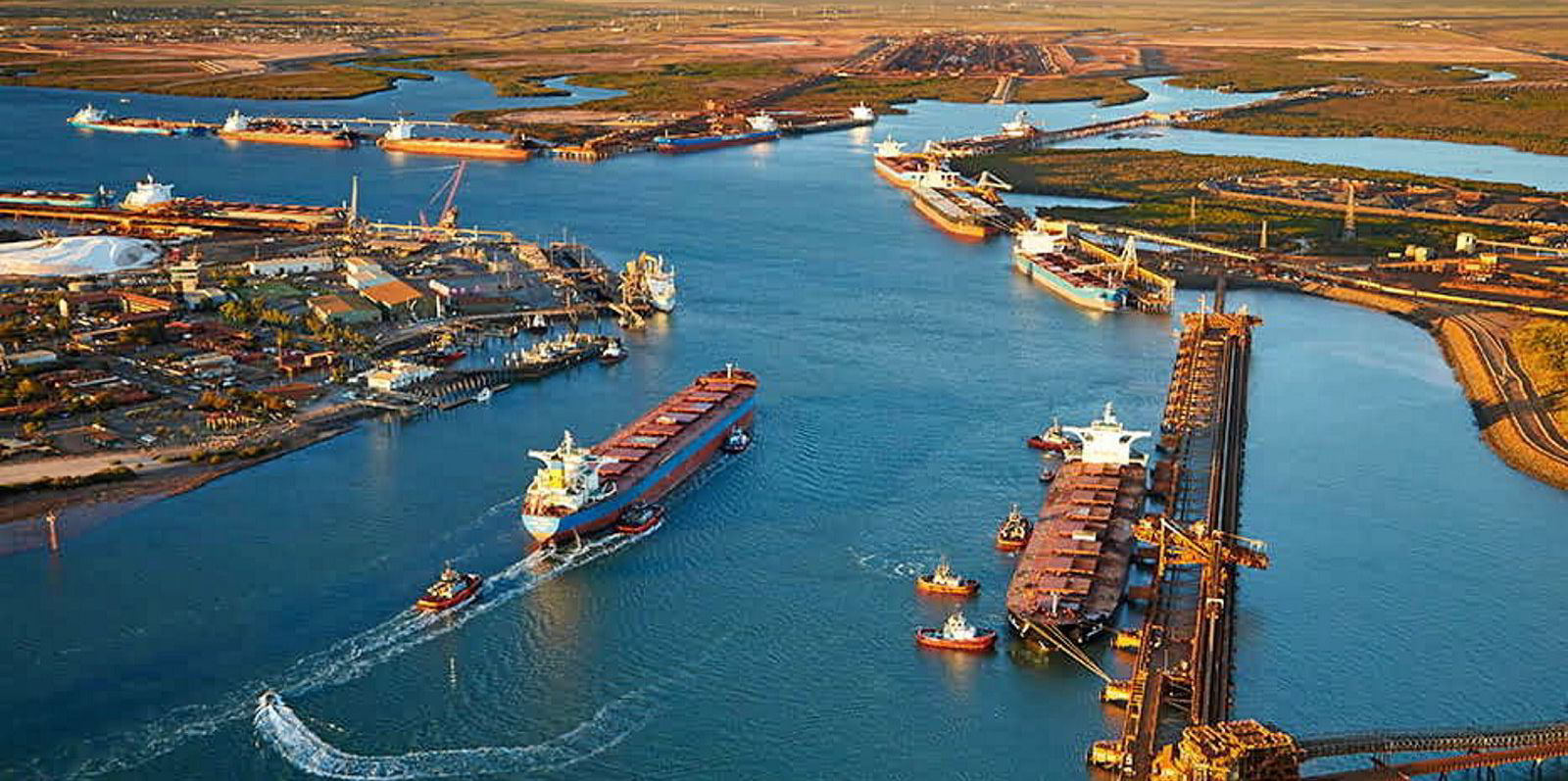China’s coal imports have almost doubled in the first quarter of this year as its manufacturing sector got back into full swing following the pandemic, boosting demand for capesize bulkers and panamax bulkers in the Pacific basin.
The country, which imports most of its coal from Indonesia, Russia and Mongolia, imported 102m tonnes of coal during the first three months of 2023, up 96% from the 51.9m brought in during the same period in 2022, according to China’s General Administrations of Customs.
China imported 8m tonnes of the commodity from Australia in the first quarter after ending its Australian coal ban in February.
It has been years since China has taken in that much coal, but iron ore is still its top dry bulk import by far, said John Kartsonas, founder of Breakwave Advisors, an asset management firm that runs an exchange-traded dry bulk fund.
“China imported the most coal in the first quarter since 2020, which is quite an accomplishment given that Australian exports are not yet into full force,” he told TradeWinds.
“However, when we tie that to capesize rates, iron ore flows still dominate the capesize market, so I don’t expect any meaningful impact form those flows without the support of iron ore exports from Australia to China.
“For now, the capesize market is lacking a spark to propel rates higher, but also is quite well supported so I don’t anticipate any meaningful weakness near term.”
The coal volume jump is among a variety of positive data points in China’s dry bulk imports.
China imported 294m tonnes of iron ore during the first three months of this year, according to government data. That is up from 268m tonnes imported during the same time last year.
“Rapid developments in China have significantly increased dry bulk demand in recent months,” Clarksons Securities analyst Frode Morkedal wrote in a note on Monday.
“Furthermore, Atlantic grain trade and Brazilian soybean exports have bolstered the panamax market.”
Brazil and the US, which together grow 85% of the world’s soybean exports, are both expected to harvest the oilseed during the second half of this year as heavy rains pushed Brazil’s harvest season into the second half of 2023.
The Baltic Exchange’s Capesize 5TC set of spot-rate averages slipped 2.6% since Friday to top $14,900 per day on Monday, but that is higher than the year-to-date low lows of under $2,250 in February.
The Panamax 5TC declined 1.6% on Monday to land at nearly $15,100 per day, which is higher than the levels of less than $7,300 per day seen in February.
Spot rates for capesizes and panamaxes in the Pacific basin should keep rising as China ramps up manufacturing, but they may get hurt by China’s plans to limit steel output this year to curb emissions, said Guiseppe Rosano, founder of UK broking house Alibra Shipping.
“It remains to be seen, however, if overall stimulus to boost the economy will react timely and effectively,” he told TradeWinds.
“The trajectory is in the right direction as growth is rising steadily in China. Bonds have been issued to support spending too.”

Greater demand for electricity from the service sector as China reopened from the pandemic also contributed to higher coal imports, said Burak Cetinok, head of research at London-based Arrow Shipbroking Group.
China is also building coal inventories ahead of the peak season to avoid power shortages that could hamper the economic recovery, primarily to the benefit of panamaxes and supramaxes, he said.
“Capes only accounted for about 11% of total shipments,” he said.
“Going forward, I believe coal imports will slow down from their current pace but will remain elevated. It will also depend on hydropower output, which starts around now and peaks in June and July.”





